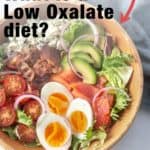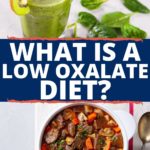What is a Low Oxalate Diet?
Is a low oxalate diet the next trendy healthy diet? Thanks to the paradigm shifting information about the keto diet and carnivore diet, many people are taking their health back into their own hands and learning more about the nuances of optimal nutrition. Best known as a treatment for kidney stones, the low oxalate approach is taking on new popularity with people in the low-carb and zero-carb circles as well as recovering ex-vegans ravaged by high intake of oxalate containing plant foods.
Read through this oxalate diet guide to learn more about which foods have low and high oxalate levels, recommended serving amount, who can benefit from minimizing or eliminating oxalate and low oxalate friendly recipes you can make in your kitchen.
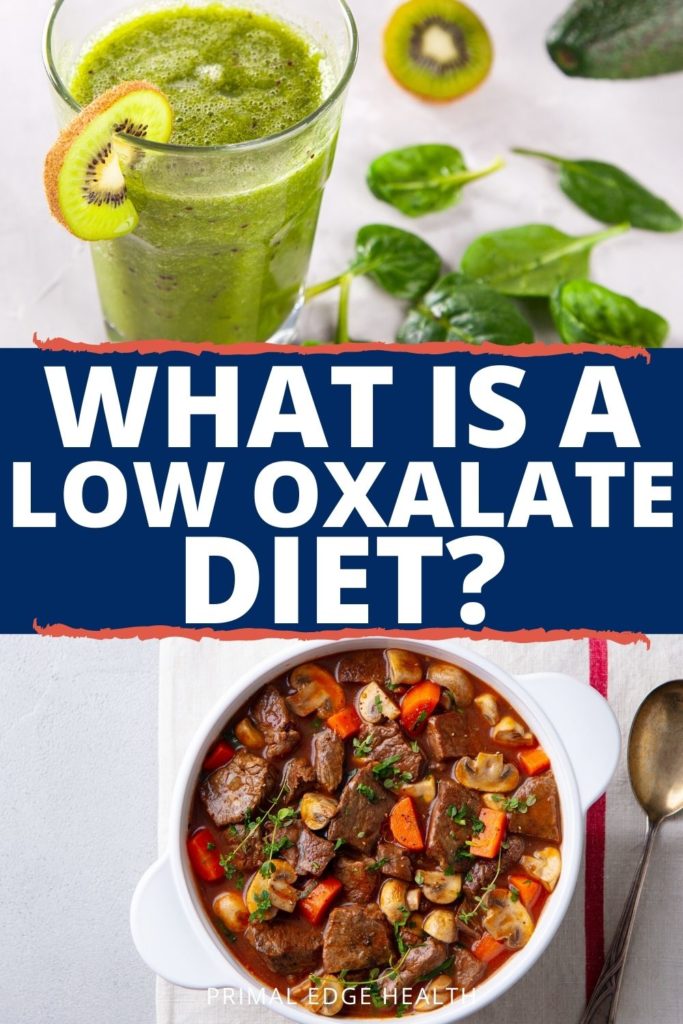
Table of Contents (click to view)
What is a Low Oxalate Diet?
Oxalate, also called oxalic acid, is a naturally occurring compound found in many plants. Our bodies are able to produce it organically or may obtain it from food.
Many so called “health foods” like spinach, soy, almonds, and cacao contain exceptionally high levels of oxalate.
In moderate amounts these foods may not cause any problems. However, if eaten in excess or consumed by someone who already has autoimmune conditions or severe gut dysfunction, problems can arise.
Once consumed, oxalate can bind to minerals to form compounds, including calcium oxalate and iron oxalate. This mostly occurs in the colon, but can also take place in the kidneys and other parts of the urinary tract.
Healthline
Usually, oxalate passes without a problem but if a person is oxalate sensitive or overloaded with a consistently high amount of oxalic acid, negative symptoms may occur. (1, 2)
Oxalate toxicity may be experienced as
- Kidney stones
- Vulvodynia
- Back and joint pain
- Headaches
- Leaky gut
A low oxalate diet is a diet that minimized the intake of oxalate containing foods.
This is a field of research that we are only beginning to understand. There is not a hard definition of what counts as low, medium, and high oxalate. (3)
You may review multiple oxalate food lists and first see some foods marked low but then categorized as high somewhere else.
When questions occur, we can always do our best and judge the results by how our body reacts.
The University of Chicago set a limit of 100 mg oxalate a day for low oxalate diets. That’s a maximum, they state that half that amount, 50 mg, is ideal if that can be accomplished.

Who Needs a Low Oxalate Diet?
Low oxalate diets are typically recommended in relation to kidney stones, not for weight loss. This dietary approach is known to help clear kidney stones and prevent them from forming in the first place. (4, 5)
Health care providers and dietitians also recommend a low oxalate diet to those who have noticeable urine oxalate levels. (6)
Now, in the day and age of the internet, you can find anecdotal evidence for all sorts of things. There are claims that a low oxalate diet can help with a multitude of symptoms:
- Fibromyalgia
- Migraines
- Fatigue
- Chronic joint pain
- Chronic back pain
- Arthritis
All things considered, testing a low oxalate diet yourself seems pretty safe. Continue learning about it and educate yourself through research and critical analysis.
Then when you are ready, swap one food for another and see if your symptoms improve.
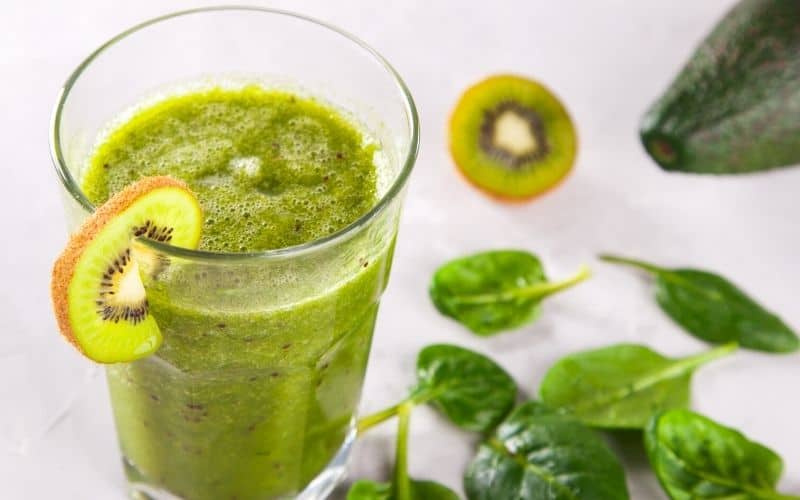
What foods are High in Oxalates?
Oxalate levels vary based on food type, cooking method, processing and growing factors. That being said, the foods with the highest level of oxalate are generally agreed upon. (7, 8, 9, 10)
I’m sorry if these are some of your favorites!
Foods with the highest oxalate levels are:
- Spinach, cooked
- Spinach, raw
- Rhubarb
- Rice bran
- Buckwheat groats
- Almonds
- Miso soup
If you are concerned about oxalate, eliminate these foods entirely and start immediately.
Other high oxalate foods to avoid or limit are:
- Whole wheat bread
- Buckwheat flour
- Collard greens
- Okra
- Eggplant
- Beets and beet greens
- Swiss chard
- Sweet potatoes
- Beans
- Soy, tofu, and soy milk
- Nuts and nut butters
- Kiwi
- Berries
- Black tea
Interestingly, kale is low in oxalate. There’s no need to limit it if you love this low-oxalate green.

Low Oxalate Diet Recipes
For those keeping an eye on oxalate levels, mealtime can sometimes feel like a puzzle. But I’m here with a lineup of tasty recipes designed specifically for a low oxalate diet. These dishes will make sticking to your dietary goals a whole lot easier and tastier.
To make low oxalate diet recipes, you’ll need to source low oxalate foods. Use my printable Low Oxalate Food List pdf as a guide.
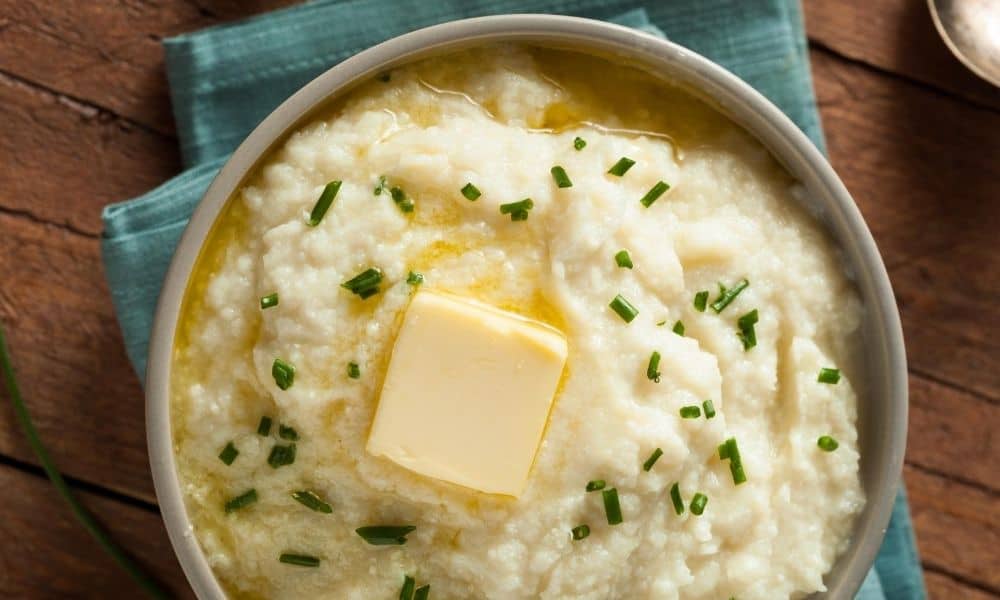
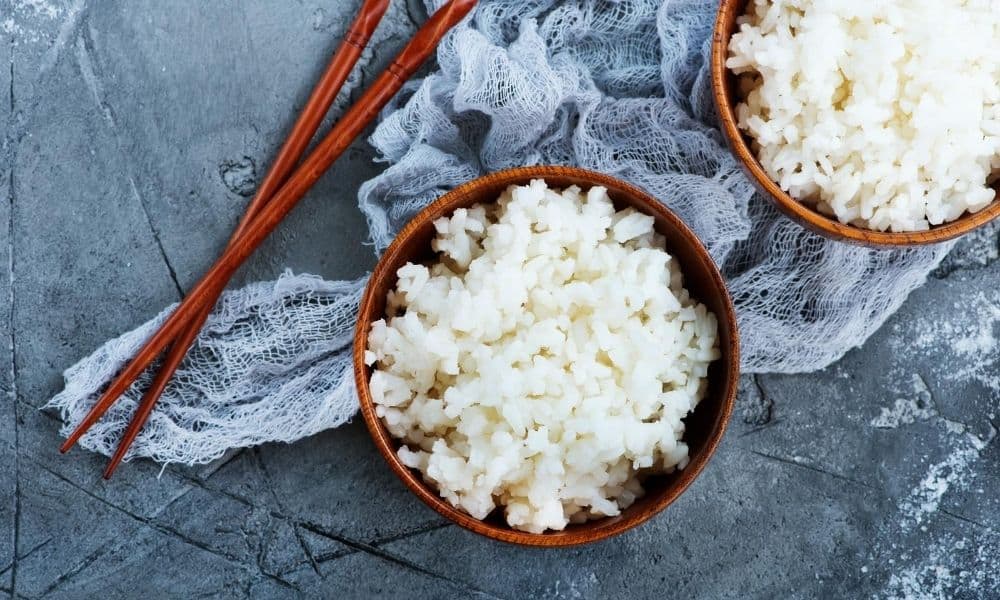


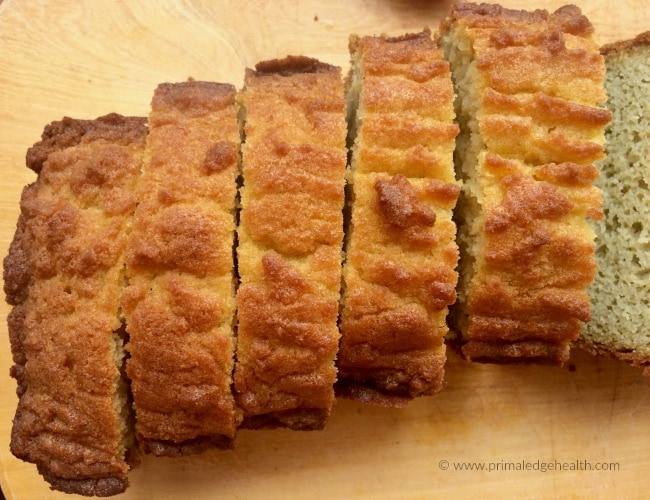
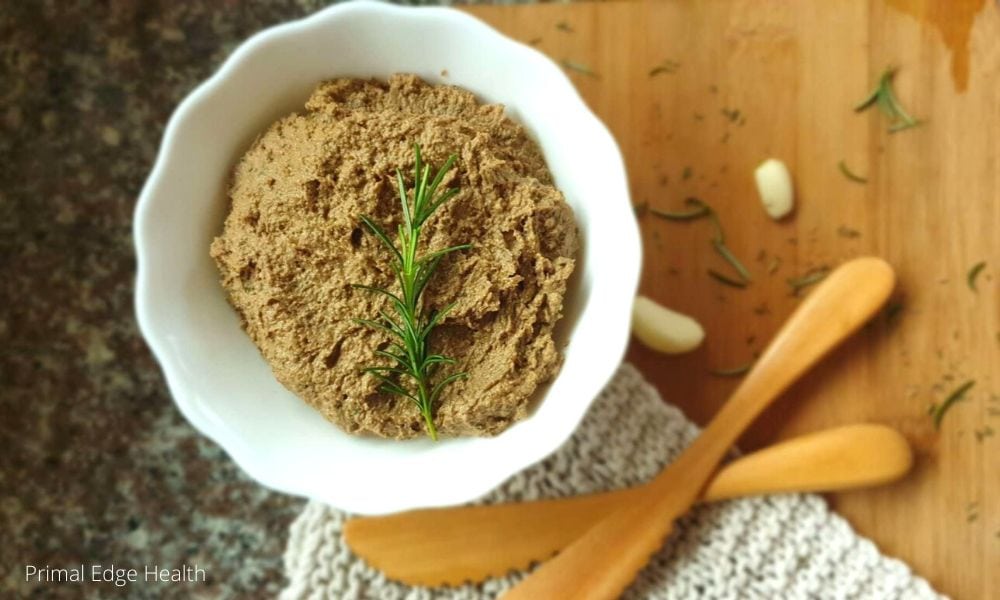
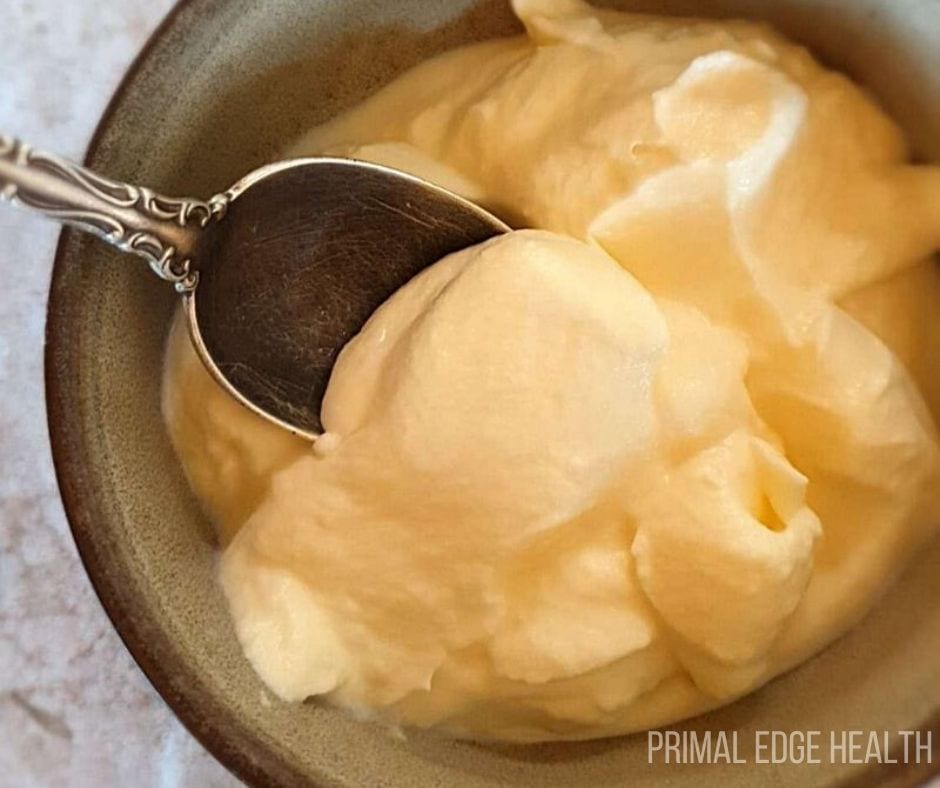

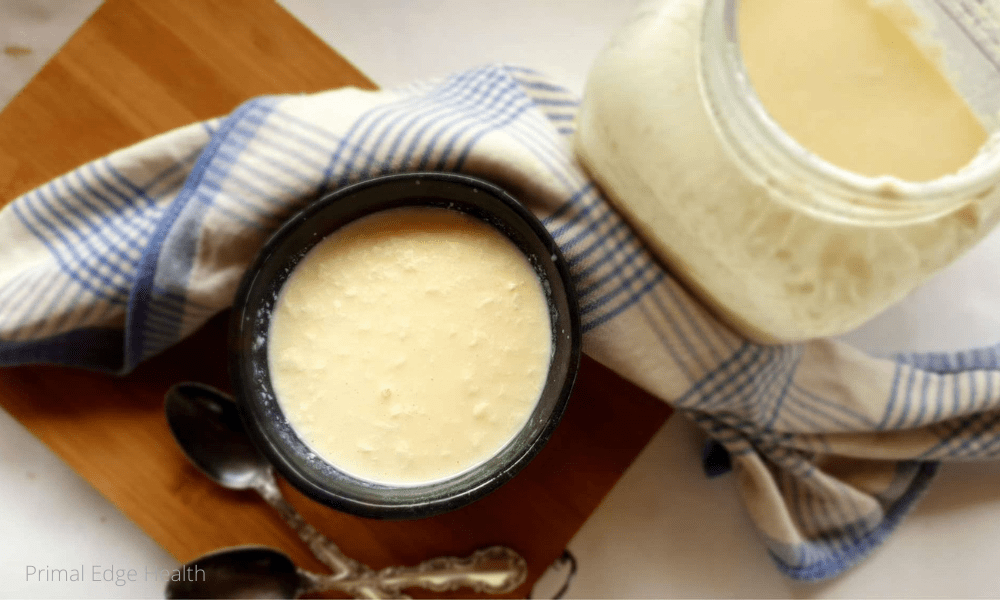
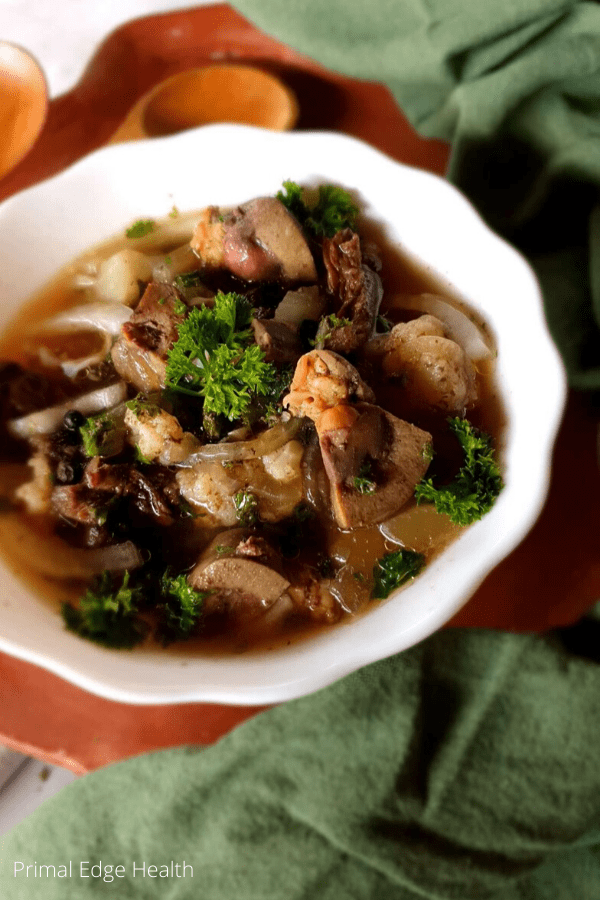
Keto Low Oxalate Recipes
Some people come across low oxalate diet information after transitioning to a keto diet.
Entering into ketosis naturally eliminates many of the high oxalate foods from the diet. No one eats wheat, corn, soy, potatoes or beans on a ketogenic diet.
If you are interested, review the keto diet shopping list and learn what you can eat on a low-carb diet.
Some researchers, like Sally K. Norton present the hypothesis that keto flu is, in some instances, related to oxalate dumping.
A low carb low oxalate diet may be a step in the right direction.
All of my keto carnivore recipes use low oxalate ingredients and most of my easy keto recipes are low in oxalate. You have lots of choices!
It is interesting to note that animal foods are the only foods that contain ZERO oxalic acid.
Have you ever heard of a carnivore diet?
This is a diet made exclusively from animal foods. It’s quite a fascinating concept and is widely considered to be a very effective reset diet that functions by eliminating all possible irritants.
To get an idea of what to eat on a carnivore diet, download my free printable pdf Carnivore Diet Food List and browse my carnivore diet recipes to see the foods in action!
Low Oxalate Diet Plan
Our daily habits are seriously challenged whenever we employ dietary changes. This is totally understandable because so many of our routine habits revolve around meal prep.
I recommend picking 3 breakfasts, 3 lunches, and 3 dinners that will fit into your diet plan. Make these your new favorite meals and rotate them around during the week.
Start the day with a breakfast of fatty animal foods. Choose a healthy source of protein and fat. You’ll be well-satiated all morning long. If you need more recipes, I’ve curated a list of low-oxalate breakfast ideas you can try.
Salads are still fine for lunch. Opt for lettuce rather than spinach and add wild-caught fish, hard boiled egg, or steak on top. Sliced mushrooms and cucumber, are also delicious additions.
For dinner, avoid pasta and potatoes. Instead serve beef, chicken, or fish with a side of low oxalate vegetables. Some great options include broccoli, Brussels sprouts, and cabbage.
Also, remember that there are plenty of low-oxalate swaps for common foods with high levels of oxalates. For example, instead of using regular flour, try low-oxalate flour and flour alternatives like corn flour and oat bran.
Many of these meals are naturally low in carbohydrate so since you are already going in that direction, it is a good time to try a low carb, high fat ketogenic diet to see if that will further improve your health.
If you need any guidance on the transition or tips on how to make it sustainable and realistic for you, don’t hesitate to get in touch with us!

